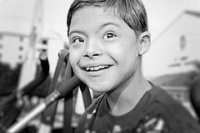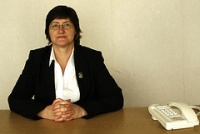
Q: Can a child have both dysarthria and apraxia? From my perspective, yes. I see apraxia as a problem in the perception of speech movements. This is an input problem. I see dysarthria as a problem in the control (execution) of movement. This is an output problem. I believe that children can have one, or the other, or both. Also see: Differentiating Between Apraxia and Dysarthria (summary) and Apraxia and Dysarthria and Real Oral Motor Therapy (detail)



